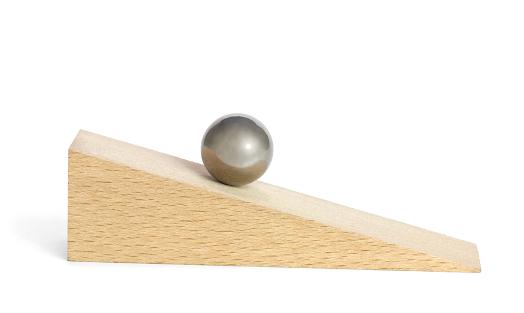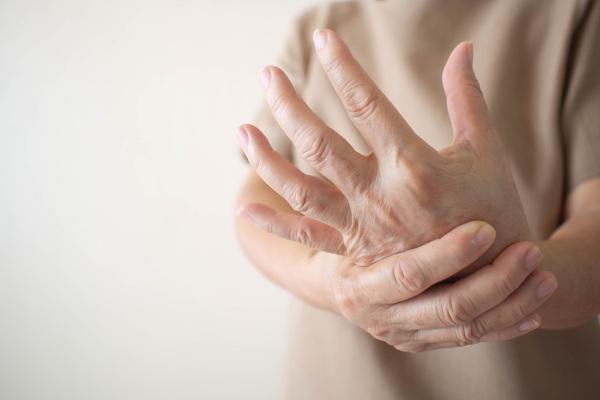O flattilted is a simple machine that can be used to break down the intensity of the strength which is applied in some direction. is present in ramps, screws,wedges,knives etc. The study of the inclined plane involves knowledge of vectors and is one of the most important applications of Newton's laws.
See too:WHAand study mechanics before to do the Enem?
Inclined plane theory
When an object is supported on the inclined plane, the force Weight that pulls you towards the center of the Earth is divided into two components, called the Px and Py, distributed along the horizontal and vertical directions. Thus, it becomes easier to lift a heavy object along the incline, because the force that needs to be applied to the body is less than in the situation in which the body is raised to a certain height, moving exclusively in the vertical direction.

Although the force required to lift a body over an inclined plane is less than the force to lift it vertically, the
energyconsumedit's the same, as the distance to be covered also increases. To understand this, just think about the work performed on the body, which depends on the product between force and distance covered.In the simplest situation between the inclined planes, there is the action of only two forces: weight and normal. This situation is illustrated in the following figure:

To facilitate the calculations, the reference adopted for the study of the inclined plane is also inclined of a certain angle θ with respect to the horizontal direction, so that the x direction of the frame is parallel to the plane tilted.
Inclined Plane Formulas
To solve exercises that involve the forces that act on a body supported on an inclined plane, we must apply the Newton's 2nd Law for both the x and y directions. Equalizing the result to 0, when the body is at rest or sliding with velocityconstant, or to the product of mass and acceleration.

In the x direction of the inclined plane of the figure, there is only one force acting, the x component of the weight, so it is equal to the net force on the body in the x direction.

Since Px is the side opposite angle θ, it is equal to the product of the weight and the sine of angle θ. Furthermore, according to the result obtained, the block that is supported on the inclined plane is subject to an acceleration smaller than the gravity acceleration.
In the y direction, we have the action of the normal force and the y component of the weight, which, in this case, cancel each other out.

Read too: Traction - the force exerted on a body by means of ropes
Inclined plane with friction
the inclined plane with friction is the one where the sloped surface is not perfectly smooth, but has a certain friction coefficient (μ). When a block is at rest on the inclined plane, the friction force points in the x direction of the plane and in the opposite direction to the x component of the weight force. In addition, the module frictional force it is directly proportional to the coefficient of friction of the plane multiplied by the modulus of the normal force.

Want to know more about the subject? Access our specific article: Psloped side with friction. In it you can check out more examples and solved exercises on the subject.
Solved exercises on the inclined plane
Question 1 —A 10 kg body is supported on an inclined plane of 45° with respect to the horizontal direction. Determine the approximate magnitude of the acceleration developed by this body.
Data: √2 = 1,41.
a) 8 m/s²
b) 7 m/s²
c) 6 m/s²
d) 5m/s²
Resolution
To solve the exercise, just remember that the acceleration acquired by the inclined plane is related to the x component of its weight, so it can be easily calculated from the formula Next:

Based on the calculation made above, we find that the acceleration acting on the body is approximately 7 m/s², so the correct alternative is the letter B.
Question 2 — A body is left from rest on an inclined plane and slides with an acceleration of 5 m/s² in a region where gravity is equal to 10 m/s². The angle formed between the plane and the horizontal direction is:
a) 90º.
b) 60th.
c) 30th.
d) 15th.
Resolution:
Let's use the formula that allows us to calculate the acceleration of an object that slides freely on an inclined plane. Watch:

Based on the result found for the sine of the angle, equal to 0.5, and knowing through the table of remarkable angles that such an angle is equal to 30°, the correct answer is the letter C.
By Rafael Hellerbrock
Physics teacher
Source: Brazil School - https://brasilescola.uol.com.br/fisica/plano-inclinado.htm


